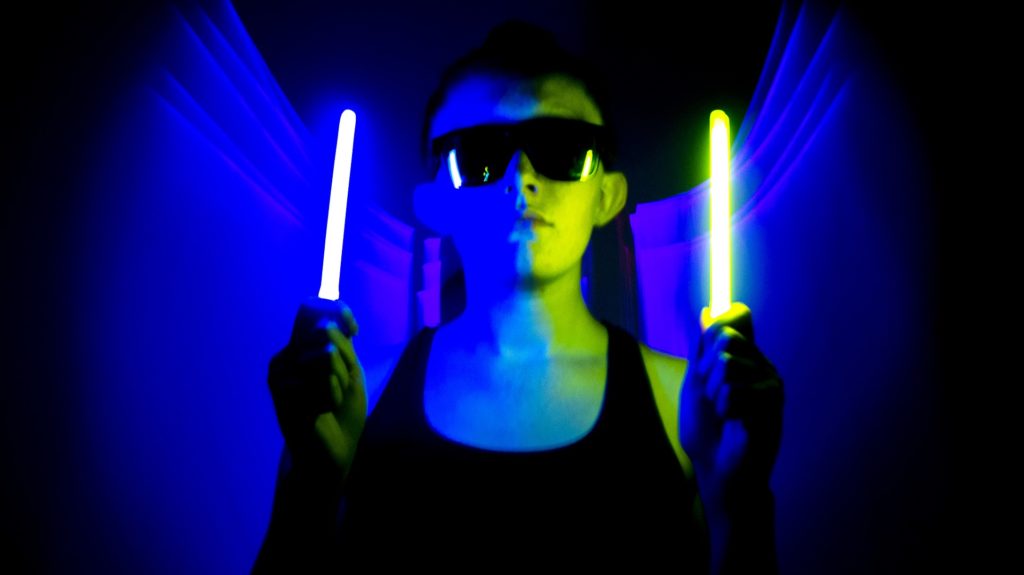As the world is making an attempt to return to phrases with the ‘new normal’ after the outbreak of the COVID-19 virus, there is a greater want for technology in an effort to equip us to guard ourselves. While working from home, social distancing and carrying masks grow to be typical social norms, the pandemic has added the significance of cleansing and disinfecting to the fore. Regardless of while the lockdowns the world over are lifted or eased, it is evident that this fitness crisis has shaken people’s self assurance and that there is an increased want for more powerful equipment and offerings to disinfect areas around us. In reaction to the outbreak, governments and organizations across the world are taking to several sanitation practices including a solution that has been in use for many years for powerful disinfection – ultraviolet (UV) mild. But before we get into how UV is beneficial, it is imperative to apprehend it better.
Understanding Ultraviolet Light
Ultraviolet lighting have shown first-rate promise in providing powerful disinfection of surfaces. However, now not all UV lights are powerful for sterilisation and disinfection purposes. The full range of UV radiation is sourced from the solar and it may be subdivided into UV-A (320 to four hundred nm), UV-B (280 to 320 nm) and UV-C rays (two hundred to 280 nm). For disinfection purposes, the most useful wavelength required is in the location of 260 nm to 275 nm, with germicidal efficacy falling exponentially with longer wavelengths. The cause why UV radiation is effective in disinfection is because it has enough power to interrupt DNA chemical bonds. UV-C radiation, in the range of 260 nm – 275 nm, destroys the genetic records stored in the DNA and therefore renders dangerous micro-organisms inclusive of bacteria and viruses ineffective. DNA and RNA are the constructing blocks of life for pathogens inclusive of viruses and bacteria as well and without this genetic material, those pathogens are unable to reproduce which eventually leads to the loss of life of an infectious colony.

The wavelength, electricity depth and publicity duration are some of the key elements used to decide effectiveness of UV light against microbes. For example, on surfaces and in water, there is probably several germs with varying choicest absorption wavelengths. For any given wavelength of Germicidal UV (GUV), its strength and exposure duration would want to be determined so that you can attain the preferred degree of sterilisation.
While growing a product for a specific disinfection want, it’s far vital to gauge the overall performance of UV LEDs beneath different conditions and the way these conditions are related to one another. While strength and wavelength are the first elements a layout engineer considers, those are not the most effective factors to be assessed. The viewing angle, wavelength and radiation pattern provide insights with recognize to the usefulness of the power targeted and cutting-edge related statistics offer room for manipulate and layout of the system for stop of life requirements. Lastly, thermal related facts like thermal resistance and maximum junction temperature are vital specifications for improvement of an efficient and application-specific thermal management.
GUV is good for deployment in hospitals, offices, parking areas, hotels, warehouses, train stations etc. To make the guide sanitisation method more effective. GUV LED light prototypes for B2B usage can be used as a retrofit in different sorts of fixtures.
Is it safe for humans?
UV-C best penetrates the higher layers of the pores and skin and eye, with the shortest wavelengths hardly ever penetrating at all to dwelling cells, thus it can cause only a mild, transitory sunburn from unintended over-publicity to skin. Even though GUV lamps may pose a theoretical not on time hazard, incidental UV exposures would now not significantly boom one’s lifetime danger for cataract or skin cancer while compared to exposure to UV light from the solar on a every day basis. As a precautionary measure, it is crucial to not enter the disinfected place after 30-40 minutes of operation of the GUV
Looking at extended UV usage
While some outcomes of the pandemic may be short-lived, the emphasis on cleanliness goes to stay. Consumers will remain conscious of hygiene and it will actively impact their purchase selections along with which mall to keep in, where to dine and which lodge to live inside the future. The worldwide UV disinfection device marketplace become valued at $1.1 billion in 2018. According to Allied Market Research, it’s far projected to reach $3.four billion via 2026. Adoption of sanitation technology such as GUV is handiest going to boom. There is a motive why public places which includes the Delhi Airport have picked up ultraviolet light generation for disinfection. Slowly, we are in all likelihood to see an extended adoption of technology like GUV now not simply in hospitals and public areas however also commonplace households.